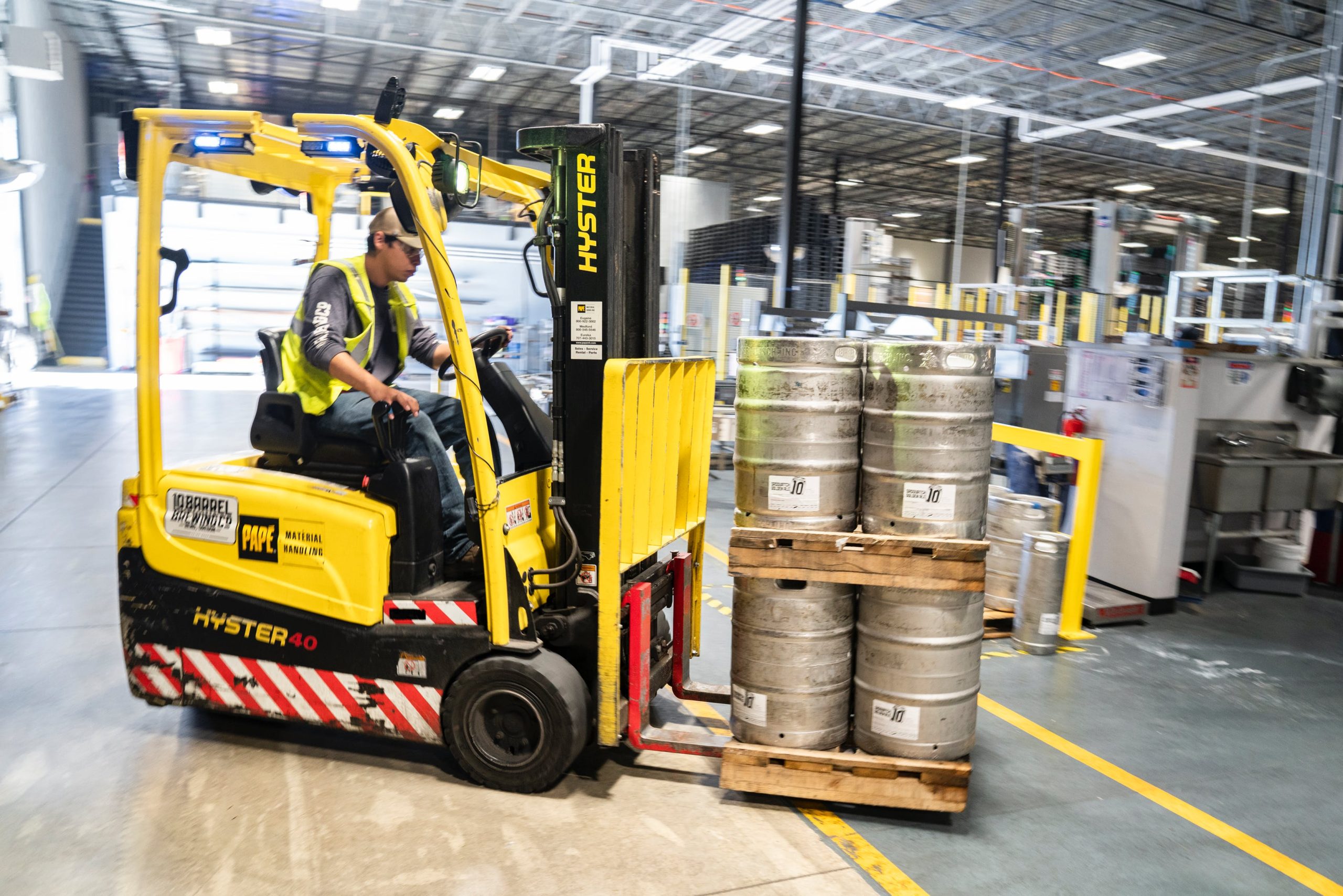PPE for Construction Safety
In any industry, safety should always come first, and one of the most effective ways to protect workers is through the proper use of personal protective equipment (PPE). PPE acts as a critical barrier between employees and potential hazards, ensuring their safety in a variety of work environments.
From construction sites to manufacturing plants, the risks vary depending on the type of work being done. Whether you’re operating heavy machinery, working at heights, or handling dangerous materials, having the right PPE can make all the difference. At National Safety Partners, we prioritize proper safety training alongside the use of PPE no matter your role or environment.
Role of PPE Across Industries
Many industries have specific safety requirements, and PPE is tailored to meet those needs. For example:
Crane Operators and Riggers
These workers deal with heavy loads, requiring helmets, gloves, and steel-toed boots to protect against falling objects and hand injuries. Proper safety training combined with PPE use reduces risks significantly.
Aerial and Scissor Lift Operators
Working at height introduces unique risks like falls and overhead hazards. PPE such as harnesses, fall arrest systems, and helmets are essential in protecting these workers.
Forklift Operators
Operating a forklift requires a clear line of sight, proper hearing protection in noisy environments, and steel-toed boots to avoid foot injuries. PPE ensures that operators are safe while maneuvering through busy warehouses or construction sites.
While PPE is crucial, it’s just one part of a comprehensive safety plan. Training plays an equally important role in preventing accidents and injuries. National Safety Partners offers a wide range of safety training programs, including courses for crane operation, rigging, aerial and scissor lift operation, and forklift safety, among others.
Essential Types of PPE
- Helmets and Hard Hats: Protect workers from head injuries caused by falling objects or bumps, especially in construction and heavy equipment environments.
- Gloves: Ensure hand protection when handling machinery, chemicals, or sharp objects. There are different types of gloves tailored for different hazards, such as cut-resistant or chemical-resistant gloves.
- Eye and Face Protection: Safety glasses, goggles, and face shields protect workers from debris, chemicals, and other hazards that can cause eye injuries.
- High-Visibility Clothing: Particularly important in areas where machinery is moving, high-visibility vests and jackets ensure that workers are seen, reducing the risk of accidents.
- Hearing Protection: Loud environments, such as those involving heavy machinery, can lead to hearing damage. Earplugs or earmuffs help prevent long-term hearing loss.
- Fall Protection Equipment: For workers at height, such as those operating aerial or scissor lifts, fall protection gear like harnesses and lanyards is critical.

Safety Training and PPE – An Unstoppable Combo
Wearing the right PPE is essential, but without proper training, workers may not fully understand how to use it correctly or what specific PPE is required for their tasks. This is where safety training becomes invaluable.
At National Safety Partners, we provide a broad range of safety training programs to help employees stay safe on the job. Whether it’s crane operator training, rigging safety, or ensuring proper forklift operation, our courses are designed to equip workers with the knowledge and skills they need to prevent accidents and injuries.
Encouraging a Culture of Safety
Ultimately, safety in the workplace is about more than just providing PPE. It’s about creating a culture where safety is a priority, and that starts with comprehensive training. By investing in safety education, businesses not only comply with regulations but also show their commitment to the well-being of their employees.
We offer training programs across many safety disciplines, including those for aerial and scissor lifts, forklifts, crane operators, and rigging safety. These programs are designed to address the specific hazards of each job, ensuring that workers are fully prepared and protected.
Safety Starts Here
Check out our wide range of safety training programs to learn more about how we can help your team work safer and smarter.




